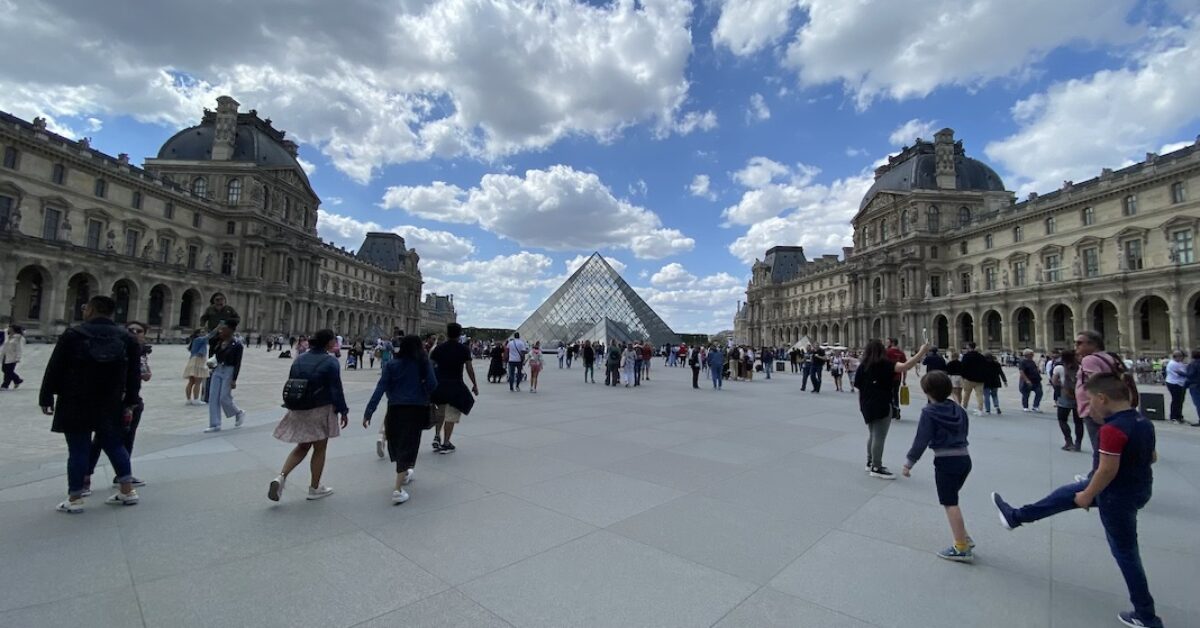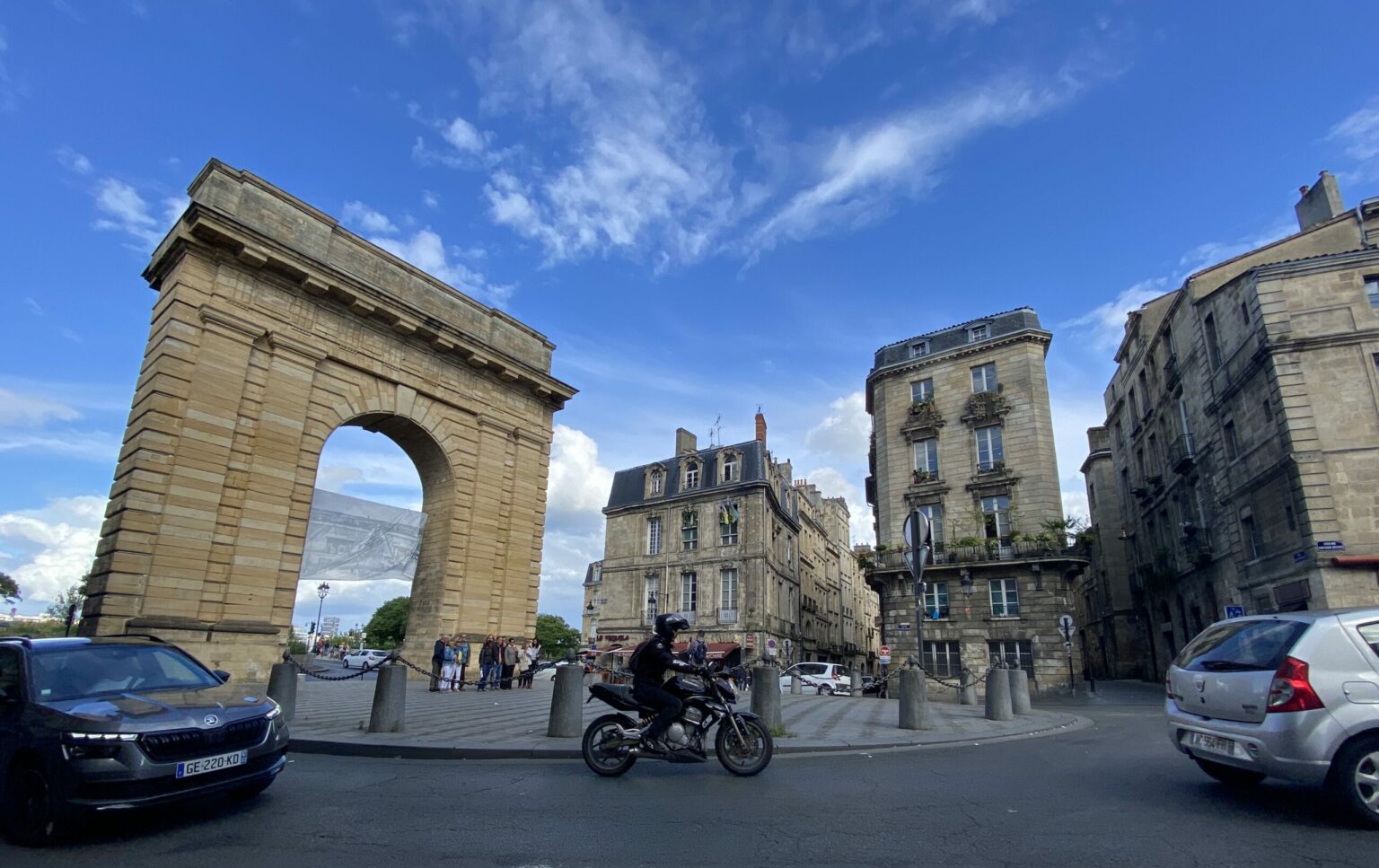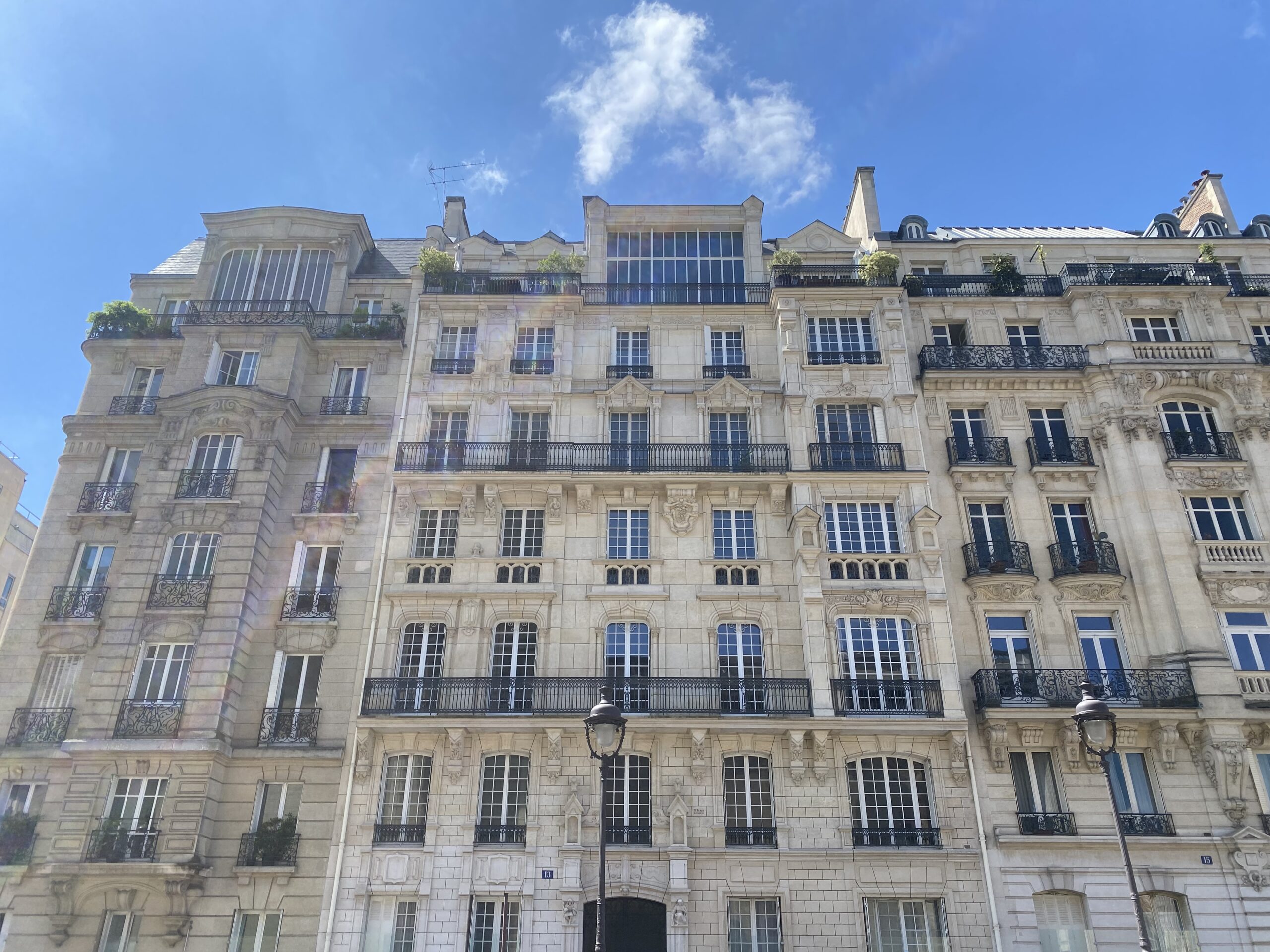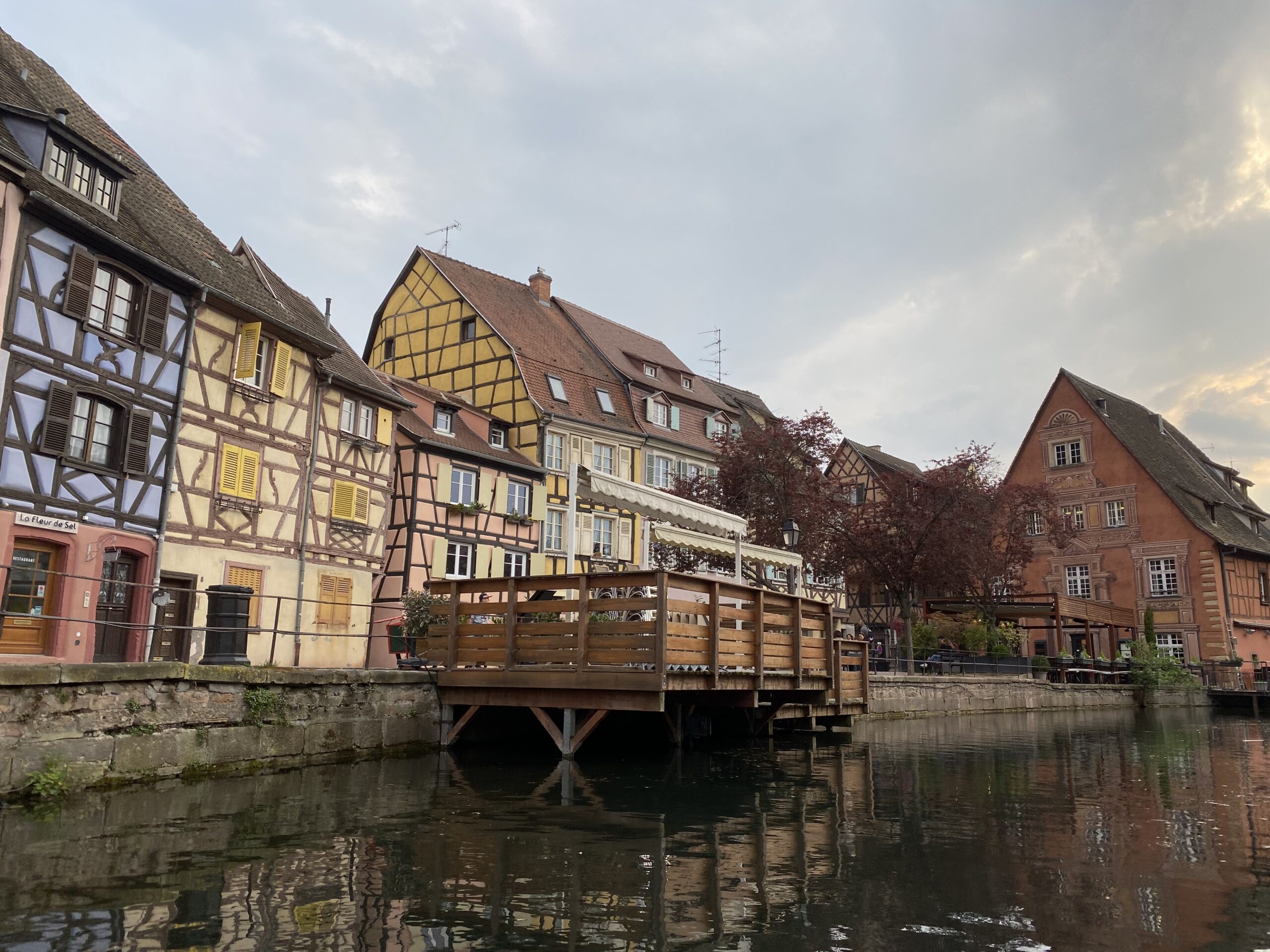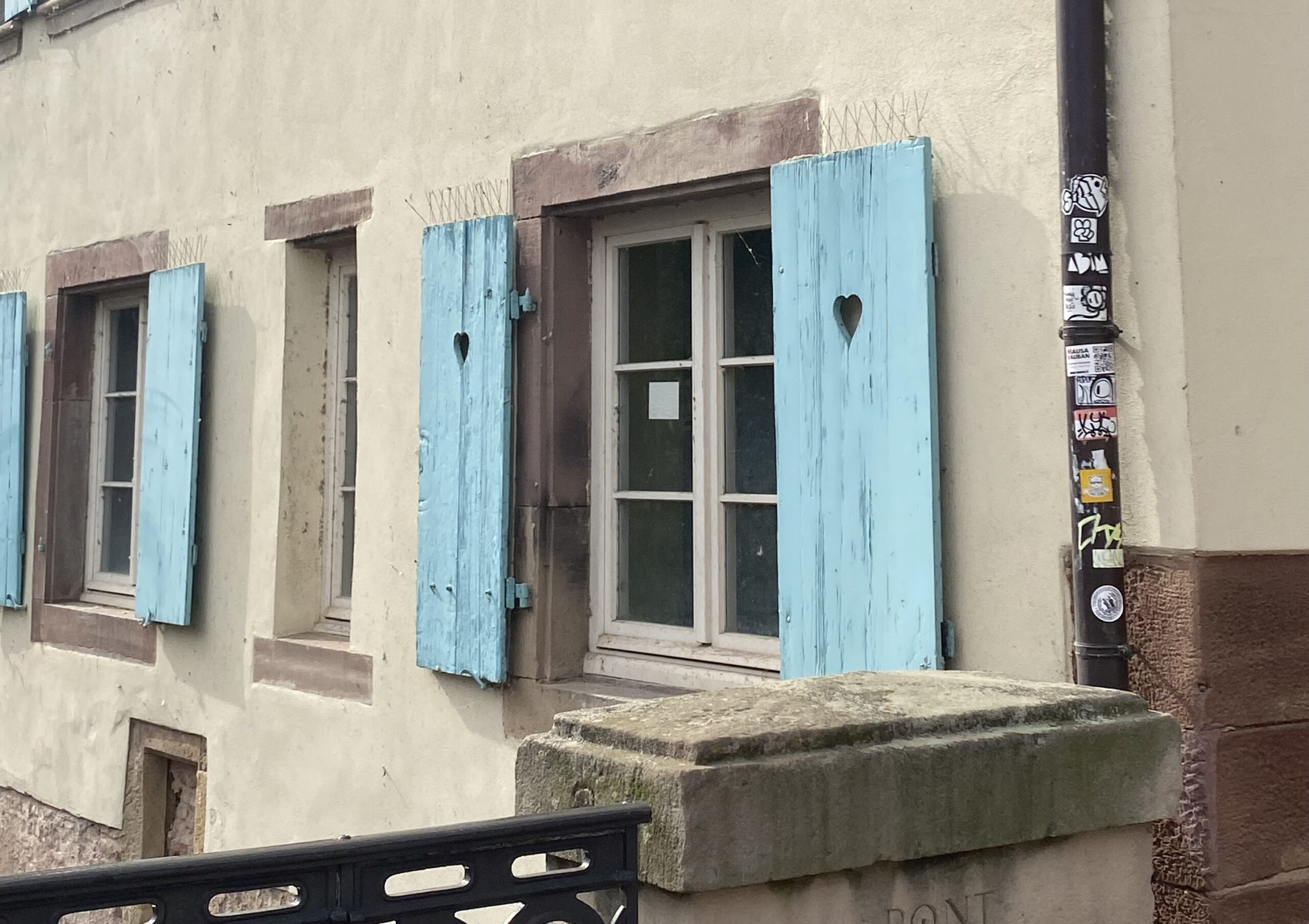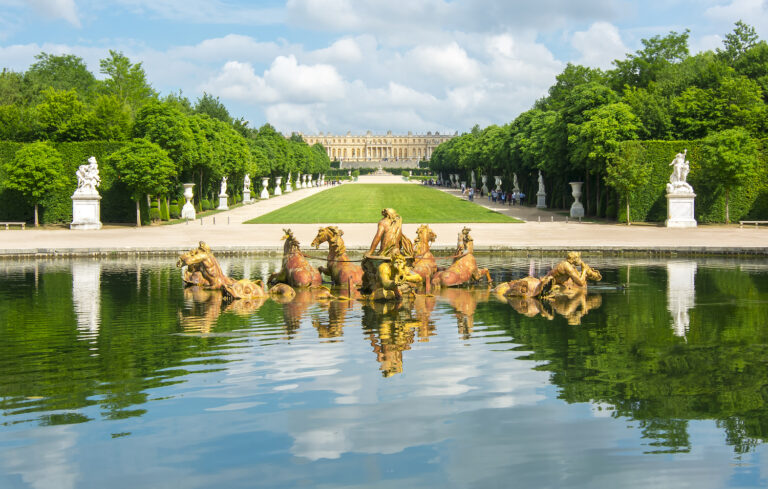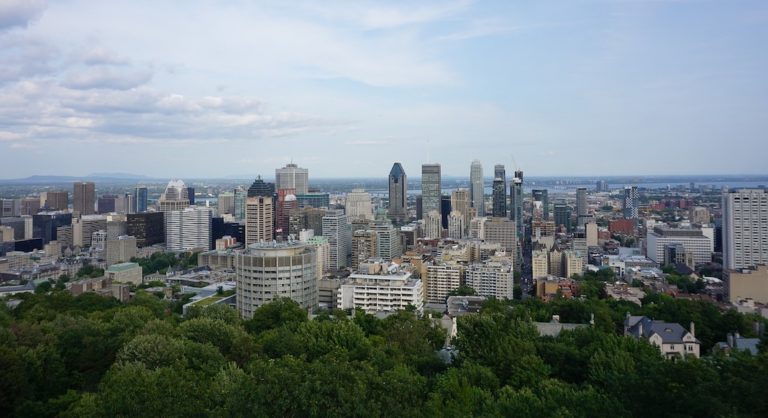There’s a reason you can conjure a Shutterstock-like image of an unnamed Parisian street corner without having ever been to France. Paris is one of the world’s most architecturally homogenous cities, whether you’re in the hoity toity 16th arrondissement, or the trendy, bohemian 11th. The city’s distinctive buildings might appear old-fashioned, but they are actually representative of Paris’s transformation into a “modern” city.
In the 1850s, Baron Georges-Eugène Haussmann was commissioned by Napoleon III with the task of razing Paris to the ground and rebuilding it in what is now known as the Haussmannian style. Seventeen years of construction, and the demolition of 20,000 buildings, resulted in a city with greater ease of access, and more defined neighborhoods, with the 20 arrondissements we now take for granted radiating out from the Arc de Triomphe. Buildings like the Opéra Garnier and the renovated Louvre were designed in a Renaissance Revival style now referred to as Napoleon III or Second Empire, set at focal points along major roads to draw the eye. Private homes were capped at five stories and adorned with wrought iron balconies and slanted zinc roofs to give rainy Parisian days a blue-gray mirror. The addition of new parks, monuments, and gas lamps under Haussmann’s plan added even more grandeur.
But Haussmann’s fantasies of what Paris could be didn’t come to him in an absinthe-fueled vision. He looked southwest for inspiration, to the port city of Bordeaux. Known as “la belle endormie,” or “the sleeping beauty,” Bordeaux is famous for its gorgeous limestone buildings, which look suspiciously Parisian. Unfortunately, limestone soaks in pollution from car exhaust, which meant that the 18th century Bordelais buildings were completely blackened by the 1980s and 90s, and the city has undergone extensive attempts since then to restore its architecture to its former glory. Residents must have their building facades cleaned every ten years, at enormous personal cost, and the center city has been pedestrianized to limit exposure to car exhaust.
Bordeaux was modernized decades before Paris, because it was a stronghold of old money thanks to its position as a crucial port city. Bordeaux’s Port of the Moon on the Garonne River was once one of the busiest ports in Europe, and made the city rich through sales of coffee, sugar, and cotton, though its largest profits were made in the slave trade. French colonies like Saint-Domingue (modern day Haiti) were robbed of their both their inhabitants and their resources, which were sold at high profit at Bordeaux’s port. It was this blood money that paid for the stunning edifices which Haussmann used as his model of modernity in Paris.
Haussmann’s redesign was more than just a matter of aesthetics. It also came after a period of uprisings, in which the small, cramped streets of Old Paris were used as barricades. One of these, the June Rebellion of 1832, became the inspiration for Victor Hugo’s epic, Les Misérables. Wider streets allowed the military easier access to neighborhoods that were once the heart of the resistance, a point that was used by Haussmann to justify the project’s large costs to the Emperor.
Before Paris’s 19th century makeover, however, the city looked a lot different. Tight, crowded streets, poor sewage management, and markets placed in grimy back corners created an environment rife with disease and criminal activity. A few examples of this can still be found in Paris, most of them in the Latin Quarter and the Marais. There’s the half-timbered houses at 11-13 Rue François Miron in the 4th arrondissement. Then the Maison de Nicolas Flamel (not exactly the one from Harry Potter), considered to be the oldest house in Paris, in the 3rd. There’s also 3 rue Volta, which was once thought to be the oldest house in Paris thanks to its 13th-14th century architecture, but it was later discovered to be dated in 17th century.
To find more examples of what medieval architecture in France looked like before the 19th century, you’ll have to head to Alsace, Normandy, and the Loire Valley.
An abundance of half-timbered houses or maisons à colombages, popular in England, France, and Germany between the 15th and 17th centuries, can still be found in France, particularly concentrated in the Alsace-Lorraine region bordering Germany. This region, fought over by France and Germany for centuries, took on new characteristics each every time it changed hands, like a child of divorce showing off a new haircut or pair of shoes the other parent paid for. But despite its convoluted history, Alsace-Lorraine is now largely fixed in time. In Strasbourg, the region’s largest city, the entire historic city center (or Grande-Île) is a UNESCO World Heritage site, as is the Neustadt, or “New Town.” The medieval Old City, built in a Germanic style around a Gothic cathedral, was later integrated into the more Haussmannian-style French architecture of the Neustadt in a way that perfectly speaks to the complex permutations the city endured.
The architecture of Alsace-Lorraine has an undeniable charm, with several villages in the region claiming to be the inspiration for the fairytale town in Disney’s Beauty and the Beast. The colorful houses actually served an important function in a pre-literate medieval society, with colors matching the professions of the people who worked there. Bakers lived in yellow houses, butchers in red houses, and fishermen in blue ones. But sometimes people were looking for more than just a bite to eat. Heart-shaped cutouts on the window shutters of some of these buildings aren’t just a cutesy decorative flourish. Young men looking for wives would knock on these windows, and the maidens who lived there could peer through the cutouts to see what they were working with. If they like what they saw, they opened up. If not, the windows stayed shut, something like a medieval version of Tinder.
So you might wonder why, with all of France’s preservation efforts, more of these adorable towns don’t exist. Unfortunately, wooden frames are, well, highly flammable, and many medieval cities burned to the ground when accidents occurred thanks to the hearths and candles required for daily life.
France’s architectural upgrades were part necessity, part strategy, part aesthetic demonstration of upward mobility. But they helped shape France into the popular tourist destination it is today. Decades after Haussmann’s death, his wide boulevards became the stage on which Paris’s famous café culture was set. Now that the city’s cafés opened onto more open streets, terraces could be constructed, and life moved out of cramped medieval buildings and into the public eye. In the 1920s and 30s, café society dominated the streets of Paris. Famous writers like Jean-Paul Sartre and Ernest Hemingway became public fixtures at cafés in Saint-Germain-des-Près like Les Deux Magots and Café de Flore, or in Montparnasse at La Closerie des Lilas and La Rotonde. Performers like Josephine Baker and artists like Salvador Dalí used restaurants, cafes, and nightclubs as places to see and be seen, forge connections and keep tabs on the hot news around town a century before social media took up the same mantle. But none of this would have been possible without the changes made to Paris’s fundamental structure. France has a conservationist reputation, but this is because it evolves in big spurts, not in gradual increments. Drawn from all corners of the country, and all eras of France’s complicated past, France’s architecture speaks for itself. These walls do talk—are you listening?
Catherine Rickman is a writer and professional francophile who has lived in Paris, New York, and Berlin. She is currently somewhere in Brooklyn with a fork in one hand and a pen in the other, and you can follow her adventures on Instagram @catrickman.

